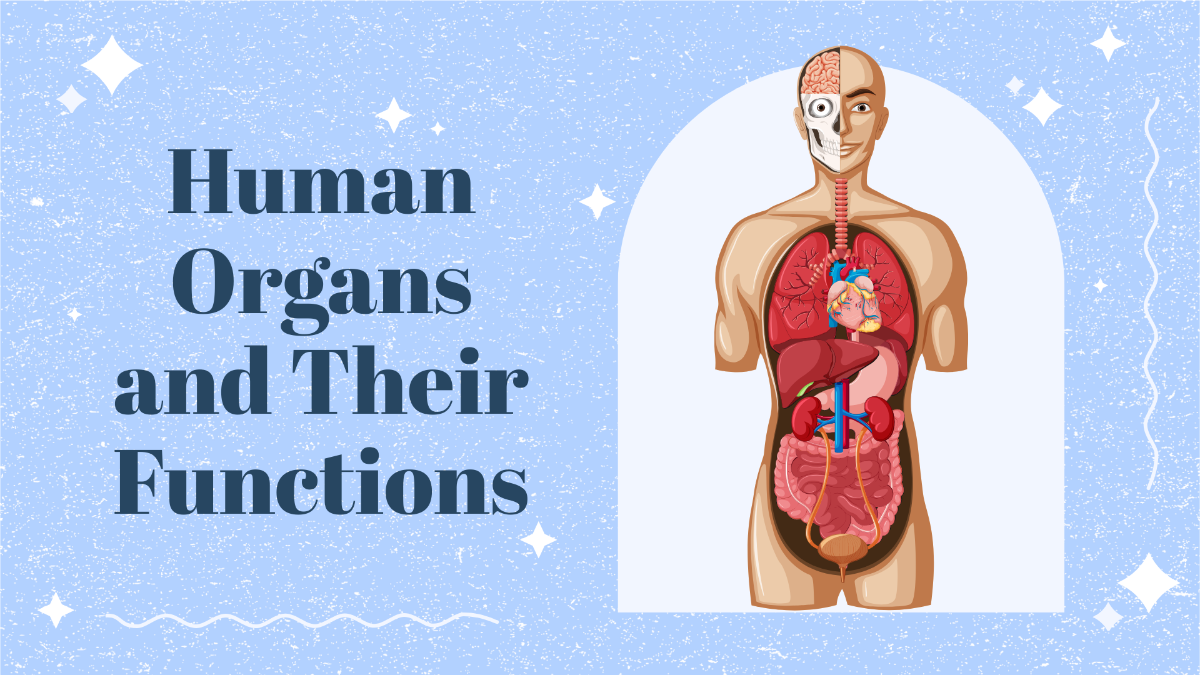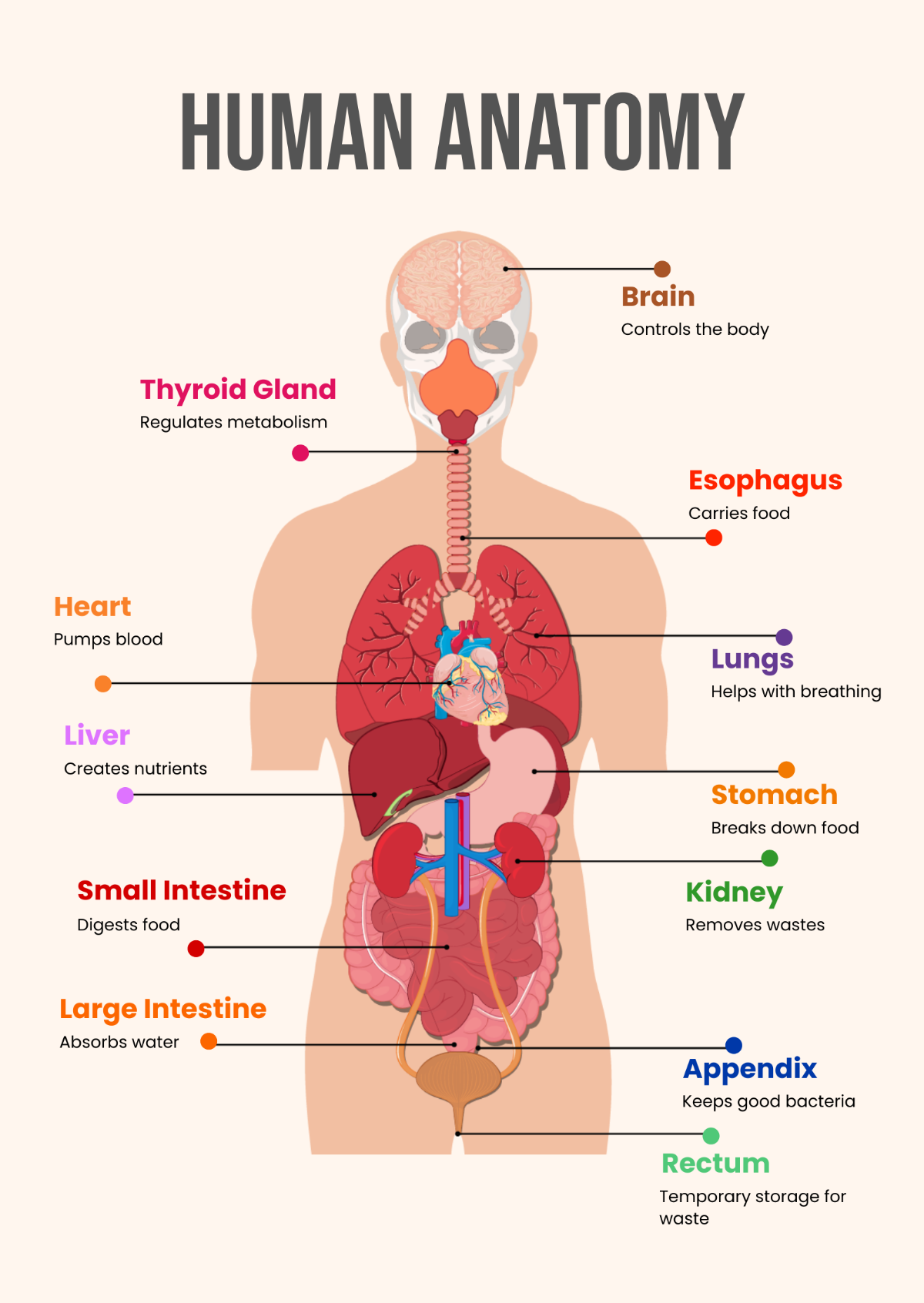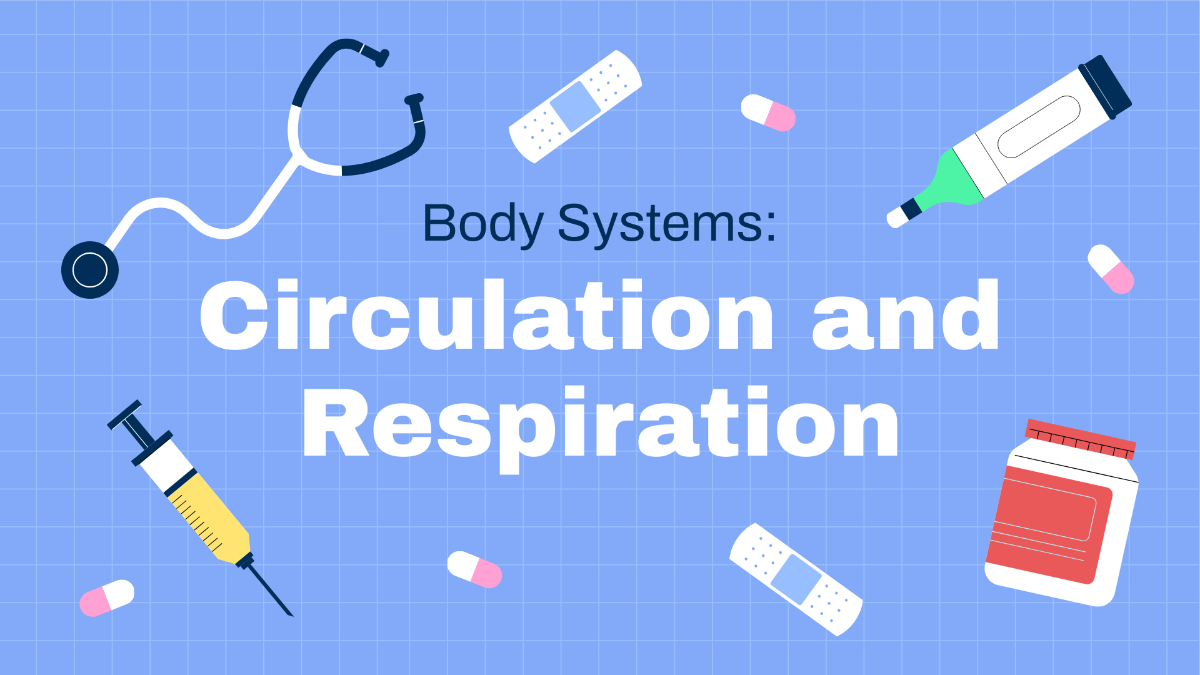Autopsy Protocol
[YOUR NAME] | [YOUR COMPANY NAME] |
[YOUR DEPARTMENT] | [DATE] |
I. Objective:
The Autopsy Protocol aims to establish a comprehensive framework for post-mortem examinations, ensuring accurate documentation of procedures, findings, and observations. By promoting consistency across reports, it expedites data analysis and supports legal investigations and medical research, contributing to a broader understanding of pathologies and causes of death.
Provide a well-organized outline for post-mortem examinations.
Ensure accurate recording of procedures, findings, and observations.
Promote consistency across reports and expedite data analysis.
Support legal investigations and assist in medical research.
II. Protocol Overview:
Personal Information: The deceased's personal information, such as name, age, gender, and medical history, is recorded and clarified.
External Examination: A detailed external examination of the body is conducted, including photographs for record-keeping.
Internal Examination: Following the external examination, an in-depth internal examination of body organs and systems is completed using standardized procedures. This protocol's rules are to be followed strictly to ensure comprehensive and accurate data collection during the autopsy.
III. Procedure:
The steps to be followed during an autopsy are:
Gather the deceased's relevant details and medical history.
Conduct an external examination of the body and document findings.
Perform internal examination adhering to specified procedures and document findings. The protocol policy emphasizes that these steps are followed to achieve consistent results.
IV. Data Collection:
Observations and findings from the post-mortem examination are meticulously recorded, including but not limited to:
External and internal injuries
Signs of disease or illness
The condition of every organ examined
Photographs at various stages of the autopsy process
Considerations for data collection include:
Maintaining confidentiality
Adherence to ethical practices
Accurate labeling and storage of collected samples
V. Safety Considerations:
Use personal protective equipment (PPE) such as gloves, gowns, masks, and eye protection throughout the autopsy.
Handle all sharp instruments with care during examination and collection procedures to minimize injury risk.
Use mechanical ventilation in the autopsy room to limit exposure to hazardous substances.
VI. Expected Results:
The results allowable within this protocol include the discernment of the cause of death, unraveled through the collected data and detailed examination. We also aim for an increased understanding of different disease processes and their effects on the body, contributing to medical research and knowledge.
VII. Conclusion:
We crafted the Autopsy Protocol to establish consistency and precision in post-mortem examinations. Its regulations ensure thorough documentation of each autopsy within defined standards. Authored by our team, it's intended for professionals in legal investigations, medical research, and academia. Following these guidelines will greatly enhance comprehension and documentation of diverse causes of death.







